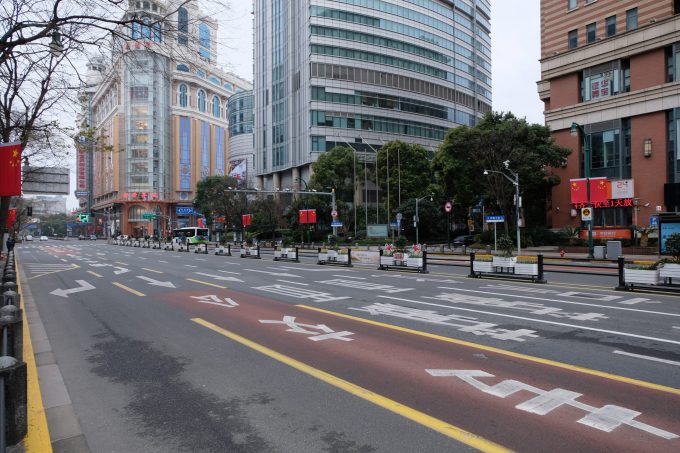BBG: SoftBank rises on possible $500 million investment in OpenAI
BLOOMBERG reports: SoftBank Group Corp.’s stock rebounded, helped by the Japanese company’s possible participation in an OpenAI funding ...

The Shanghai lockdown could prove a more powerful driver of migration for China-sourced goods than trade conflicts and the disruptions of the past two years, one expert has warned.
Lockdowns have decimated international freight flows from China’s powerhouse, casting an ever-lengthening shadow over international supply chains.
Numbers ...

Comment on this article
Scott Sereboff
May 14, 2022 at 1:44 amHas anyone looked at the math associated with things such as chip production, or hard drive manufacturing, when production is done in China versus anywhere else? Where is the bisection where it simply becomes cheaper to manufacture these products at or closer to home? If that happens, then where does that leave the part of the Chinese economy that depends on being a major supplier for products such as the above?